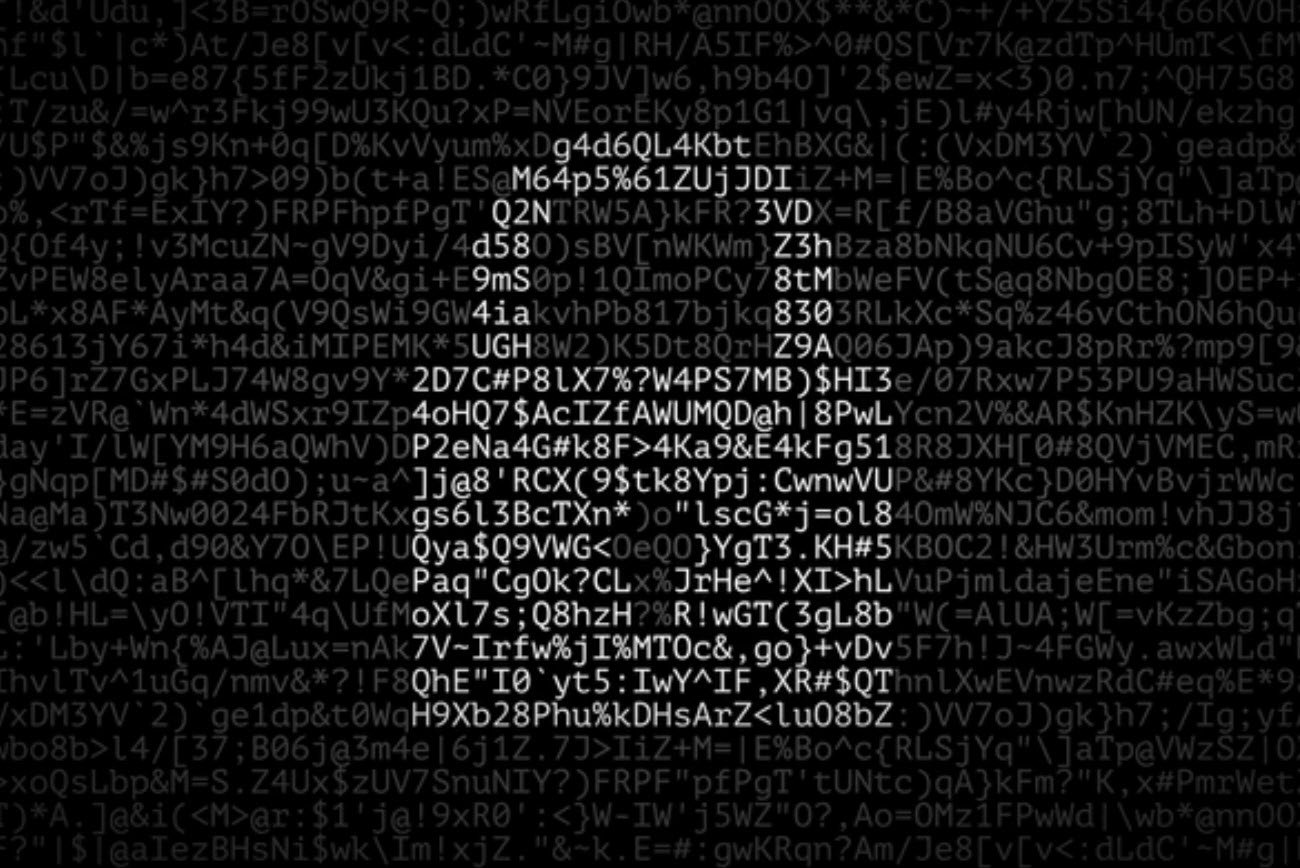
Inorganic chemistry is concerned with the properties and behaviour of inorganic compounds such as metals, minerals, and organometallic compounds. While organic chemistry is defined as the study of carbon-containing compounds, inorganic chemistry is the study of the remaining (i.e., not carbon-containing) subset of compounds.
Also Read: Top 20 Important Physics Formulas You Need To Know
Inorganic compounds are used as catalysts, coatings, pigments, surfactants, medicines, fuels, and more. They often have high melting points and specific high or low electrical conductivity properties, which make them useful for specific purposes.
The test below evaluates your preparedness level for the Inorganic Chemistry course. It is in no way intended to find your mistakes, but to bring out the bests you can recall, as per now.
1. An anion is,
a) an atom that has gained electrons
b) an atom that has lost electrons
c) a charged molecule
d) a charged element
Correct Answer – A
2. Define an element
a) an atom that takes part in chemical reaction
b) a pure substance that consists of only one type of atom
c) different kinds of atoms of similar chemicals
d) an atom that can never be divided into simpler particules
Correct Answer – B
3. What is an atomic number of an atom?
a) Number of protons
b) Number of electrons
c) Number of protons and neutrons
d) Number of electrons and protons
Correct Answer – A
4. 1H1, 1H2, and 1H3 are all
a) isotopes
b) allotrops
c) group members
d) anisotropes
Correct Answer – A
5. Chemical changes are those that
a) take place very fast
b) produce a new substance
c) where electrons are involved
d) where heat is applied
Correct Answer – B
6. What is an atomic orbital
a) spot where electron is in an atom
b) a wave for an allowed energy state for an electron in atom
c) A wave for an allowed energy state for an electron in an atom or molecule
d) Sub-shell of an atom.
Correct Answer – C
7. What are allotropes?
a) members of the same atom but different neutrons
b) Different forms of the same element
c) Different forms of the same atom
d) Different structures of the same element
Correct Answer – B
8. What is octet rule?.
a) When electrons are 8 in an orbital
b) During bond formation, when atoms attain 8 electrons in valence shell electronic configuration.
c) when elements of group 8 (noble gases) are stable
d) having 8 valence electrons
Correct Answer – B
9. Define a chemical bond
a) Shortest distance connecting two atoms in a molecule
b) attractive forces that hold two or more atoms together in a molecule
c) the two electrons that attract each other and hold atoms together
d) Shortest distance of approach between two atoms
Correct Answer – B
10. Melting point of a substance is?
a) The temperature at which the solid and liquid phases are in equilibrium
b) the temperature where all solid has turned to liquid
c) the temperature when water is ice
d) is 0oC for Ice.
Correct Answer – A
11. Electronic configuration
a) the arrangement of electrons in atomic orbitals
b) the presence of electrons in orbitals
c) the shape of electronic orbitals such as s, p, and d-orbitals
d) the act of studying eletrons in an atom
Correct Answer – A
12. Isoelectronic species are
a) Atoms having the same amount of current in them
b) Atoms or ions that have the same electronic arrangements
c) Atoms that have the same number of electrons
d) Atoms that have lost all their electrons
Correct Answer – B
13. What is an elctrochemical series?
a) series for atoms of same group,
b) The list of elements/compounds when arranged in order of their standard reduction potentials, from most oxidizing to most reducing.
c) The list of atoms when arranged in order of their standard reduction potentials, from most oxidizing to most reducing.
d) members of same period in periodic table.
Correct Answer – B
14. The correct ranking of bonds in order of greatest to least bond strength is;
a) covalent, Van der waals, hydrogen,
b) Van der waals, hydrogen, covalent,
c) covalent, hydrogen, Van der waals,
d) hydrogen, Van der waals, covalent
Correct Answer – C
15. Covalent bonds are formed by,
a) metals and non-metals,
b) sharing of electrons,
c) transfer of electrons,
d) non-metals alone
Correct Answer – B
16. A chemical compound is always,
a) chemically neutral,
b) electrically neutral,
c) both positively and negatively charged,
d) either positively or negatively charged.
Correct Answer – B
17. Define a catalyst
a) a substance that increases the rate of a reaction
b) a substance that increases the rate of a reaction but is itself not consumed
c) a substance that produces the desired product faster in a chemical reaction
d) a substance that changes a rate of a reaction.
Correct Answer – B
18. Excited state of an atom is when?,
a) one or more electrons are not in the lowest possible enrgy level
b) when an electron leaves the atom
c) when an atom acquires more energy
d) when an atom has more electrons than it needs
Correct Answer – A
19. Define an atomic mass unit (AMU) according to the IUPAC.
a) 1 amu = 1/12 the mass of Carbon 12
b) 1 amu = 1/16 the mass of Oxygen 16
c) 1 amu = 1/1 the mass of hydrogen
d) 1 amu = the maximum number of protons in an atom.
Correct Answer – A
20. Anode
a) tip of a bulb element
b) electrode of an electrochemical cell where reduction occurs
c) terminal of a dry cell
d) electrode of an electrochemical cell where oxidation occurs
Correct Answer – D







